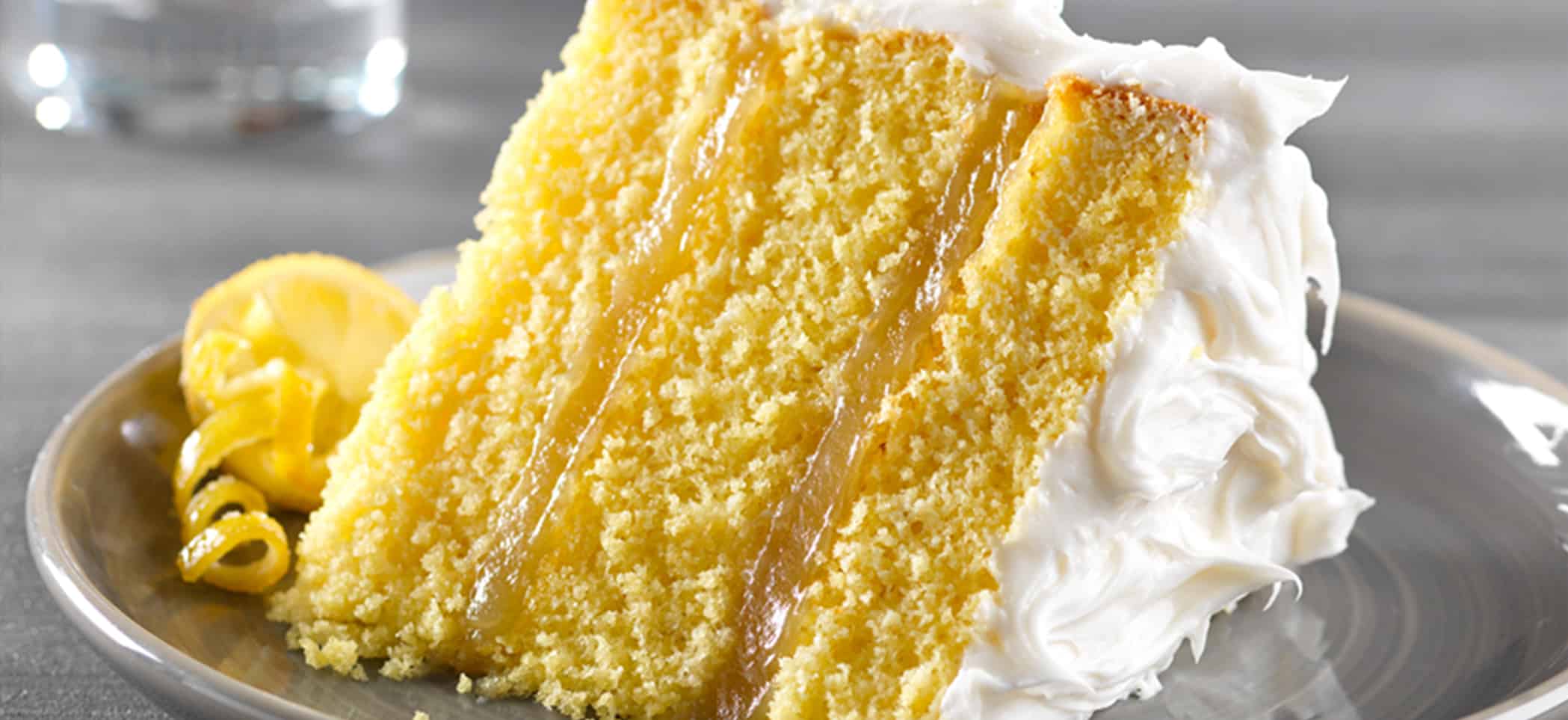While flavor of a food is important, the texture of a food is equally as important. Whether a food is crisp, creamy or chewy, the sensory experience of chewing and swallowing helps consumers enjoy and even identify their favorite foods. Texture is part of food rheology even though textural awareness can be subconscious. Touch is the primary sense used to figure out texture, but kinesthetics (movement and position) sound and sight also are involved.1
In baking in particular, the texture of a loaf’s crumb is a “major quality factor,”2 with texture manifesting itself entirely through the sense of touch. One reference lists descriptors for the crumb that cover the range of smooth, velvety, silky, soft and elastic, or harsh, rough, crumbly, lumpy, coarse or doughy, depending on the texture.3 The grain or cell structure of the crumb greatly influences texture. Fine, thin-walled uniformly-sized cells product softer and more elastic texture than coarse, open and thick-walled cell structure.4
Even crumb color itself is “perceptibly influenced” by the crumb grain size or fineness and uniformity. The finer the grain, the brighter the crumb color as perceived by the human eye, with the grain or the cell structure exposed when the loaf is sliced.4 Therefore both crumb size and color make an impact on the final product texture and acceptance.5
Maintaining anticipated texture for manufactured food products could be essential to successful sales. As quoted from Food Navigator, “Consumers associate specific textures with certain foods and these ideas are often strongly entrenched; they expect cookies to be dry and crumbly not soft and moist. Foods that do not conform to these ideas could at best be seen as a gimmick or, at worst, evoke disgust.”6
Eggs help set the structure the aid with baked good texture, in fact, the uniformly open cell7 structure and fine crumb of many baked goods is due to coagulation of egg proteins during baking.8
Fats in the yolk produce a tender, soft crumb in baked goods such as muffins and cakes9 and retard the onset and rate of firming that occurs with age. Egg proteins within certain food matrices can help maintain product moisture by binding the water in the structure, to prevent it from drying out. In doing so, there are textural benefits, such as a desired level of chewiness that help give products an improved mouthfeel.10
Egg yolk contains lecithin and other phospholipids that act as natural emulsifiers, with this emulsification property a benefit to aspects of finished product texture. The emulsifying action of egg yolk helps produce smooth batters, and subsequently, contributes to volume and texture.11 The egg as emulsifier interacts with gluten to strengthen the protein network to create a desirable texture. Emulsifiers improve gas bubble stability for a light, tender and moist product, retarding staling.12
Lecithin from the egg, in addition to increasing fermentation tolerance in bread, and allowing it to exhibit better dough machinability in commercial baking, also produces a better crumb color, tenderizes the crust and lends the product a smooth texture, while maintaining grain uniformity and lengthening product shelf life.12
References
- https://www.theguardian.com/lifeandstyle/wordofmouth/2013/jul/02/food-texture-how-important
- Cauvain SP. (2003). Bread Making: Improving Quality, Elsevier, Amsterdam, Netherlands
- Bourne M. (2002). Food Texture and Viscosity (Second Edition) Concept and Measurement, Second Edition, Elsevier, Amsterdam, Netherlands
- Pyler EJ and Gorton LA. (2010). Baking Science & Technology, Fourth Edition, Volume 1, Sosland Publishing Co., Kansas City, Missouri, USA
- Munday E, Werblin L and Deno K. (2017). Sweet Dough Application Research: Comparing the Functionality of Eggs to Egg Replacers in Sweet Dough Formulations, CuliNex, LLC, Seattle, USA
- http://www.foodnavigator.com/Science/Small-texture-tweaks-can-have-a-big-impact-on-food-flavour-satiety
- Munday E, Werblin L and Deno K. (2017). Sponge Cake Application Research: Comparing the Functionality of Eggs to Egg Replacers in Sponge Cake Formulations, CuliNex, LLC, Seattle, USA
- Brown A. (2011). Understanding Food: Principles and Preparation, Fifth Edition, Cengage Learning, Stamford, Connecticut, USA
- Munday E, Werblin L and Deno K. (2017). Blueberry Muffin Application Research: Comparing the Functionality of Eggs to Egg Replacers in Blueberry Muffin Formulations, CuliNex, LLC, Seattle, USA
- Stadelmen WJ and Cotterill OJ. (1995). Egg Science and Technology, Fourth Edition, Haworth Press, Inc., New York, USA
- Gisslen W. (2012). Professional Baking, John Wiley & Sons, Hoboken, New Jersey, USA
- http://www.bakerpedia.com/ingredients/emulsifiers (accessed May 23, 2013)

